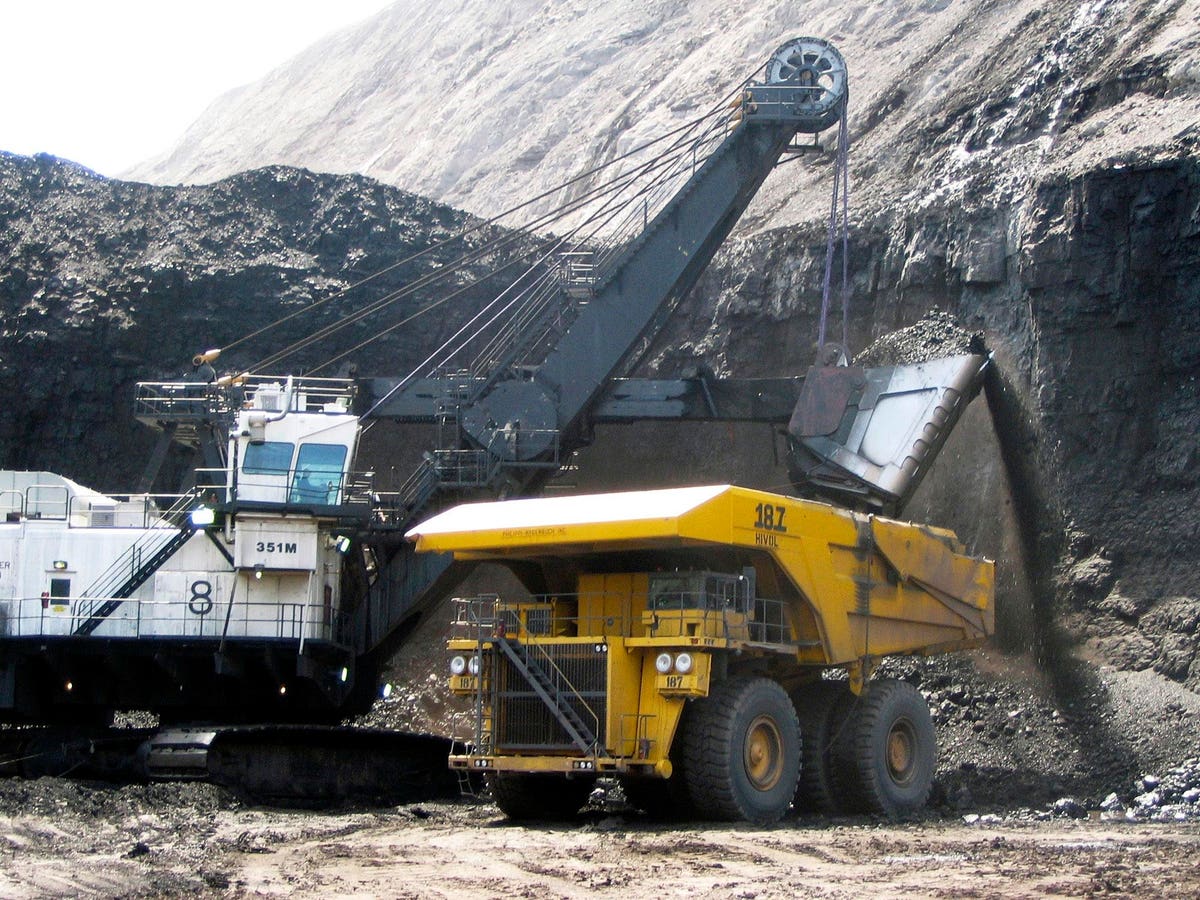It’s a simple formula, right? A business’s profit equals its revenue minus expenses.
Yet this can be tricky. Some expenses are intangible. Say you’re a cruise company, and bought some ships five years ago, paying out $30 million. You didn’t subtract the whole $30 million from your profits that year. On your books, you spread the expense out over ten years. So this year you will subtract $3 million from your profits, but you’re not laying out any cash. Your cash flow is $3 million higher than your reported earnings.
Which is the truer figure? I’d say the reported earnings are, but many people prefer the cash flow measurement.
Here are five stocks that look good to me now based on the stock price divided by the company’s cash flow per share.
Cal-Maine Foods
CALM
CALM
The largest U.S. egg producer, Cal-Maine Foods, sells for only 2.7 times cash flow and 3.2 times free cash flow (which is cash flow adjusted for the capital expenditures a company needs to make). By contrast, the average stock right now sells for 14 times cash flow and 17 times free cash flow.
Cal-Maine’s financial results swing back and forth considerably from year to year, as egg prices rise or fall, and as corn prices (for chicken feed) rise or fall. Also, avian flu is a big menace to flocks some years, less so in other years. II like the fact that this company is debt-free.
BlueLinx
A supplier of building products, based in Marietta, Georgia, BlueLinx Holdings (BXC) sells for less than two times cash flow.
Why so extremely cheap? I think most investors expect mortgage rates–which are the highest in two decades–to choke off homebuilding activity. That fear could prove justified, but I don’t think so because there is a lot of pent-up demand for single-family homes and limited supply.
Peabody Energy
BTU
BTU
A dirty old industry is coal mining. Investors disdain the industry because they see coal as an energy source of the past, not the future.
Yet every stock has a price at which it’s attractive, and I think Peabody Energy (BTU), the largest U.S. coal-mining company, is at that price. At about $22 a share, it sells for less than two times operating cash flow and just over two times free cash flow. What’s more, Peabody’s debt is only 10% of the company’s net worth, the best ratio Peabody has had in more than 20 years.
Andersons
Andersons (ANDE) is an agricultural conglomerate based in Maumee, Ohio. It trades commodities, operates grain elevators, makes fertilizer and invests in ethanol production. Its revenue is running about $16 billion a year, and has grown almost 9% a year over the past decade.
Long a poor performer, the stocks has tripled in the past three years. Even so, it sells for less than two times cash flow.
Berry
Berry (BRY) is an oil and gas company that drills mainly in the San Joaquin basin in California. Nine Wall Street analysts follow it, and all nine rate it a “buy.”
Such unanimity isn’t always a good sign. (See my articles each January on the performance of the stocks analysts adore, versus those they hate.) But in this case, I agree with the analysts. Berry’s earnings history is spotty, but it’s doing well lately, and the stock sells for about five times free cash flow.
The Formula
Not everyone agrees on how to calculate cash flow. Most people start with a company’s reported earnings, then add on the interest a company paid on its debt, the taxes it paid, depreciation charges (as in our ship example) and amortization of debt. That gives you operating cash flow. To get free cash flow, you subtract what you think is the reasonable required cost of capital expenditures.
The Record
This is the 20th column I’ve written about stocks that look good based on cash flow. The average one-year gain on my previous picks has been 13.97%, beating the Standard & Poor’s 500 Total Return Index at 9.42%.
Bear in mind that my column results are hypothetical and shouldn’t be confused with results I obtain for clients. Also, past performance doesn’t predict the future.
My selections in this series have beaten the index 10 times out of 19, and have been profitable 13 times.
Last year’s crop had an uninspired performance, up 2.09% while the index advanced 7.4%. All figures include dividends. My worst pick was Fulgent Genetics (FLGT), down 29%. The best was U.S. Steel (X), up 38%.
Disclosure: I own Cal-Maine Foods and Fulgent Genetics personally and for most of my clients.
Read the full article here



